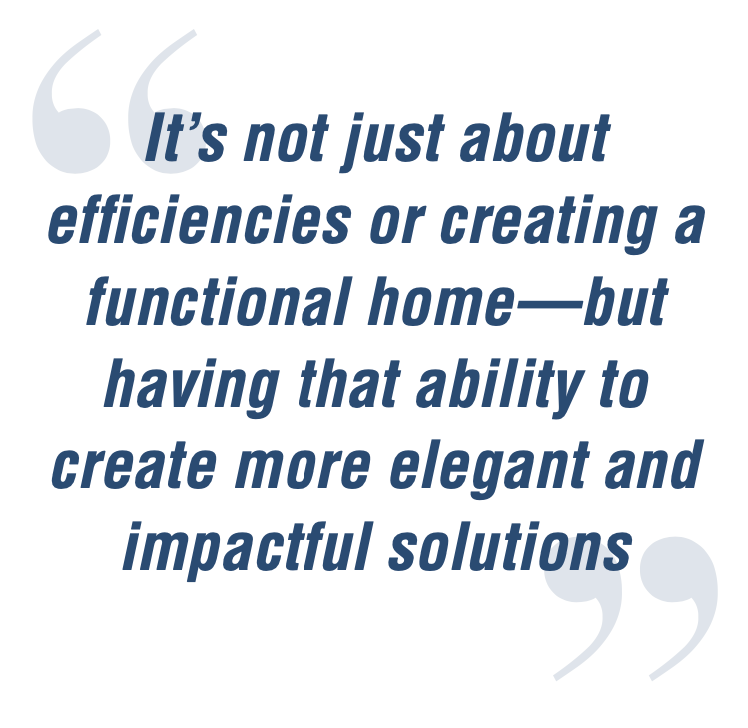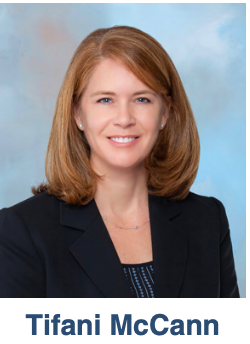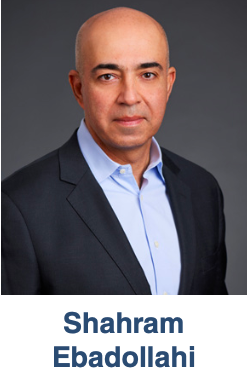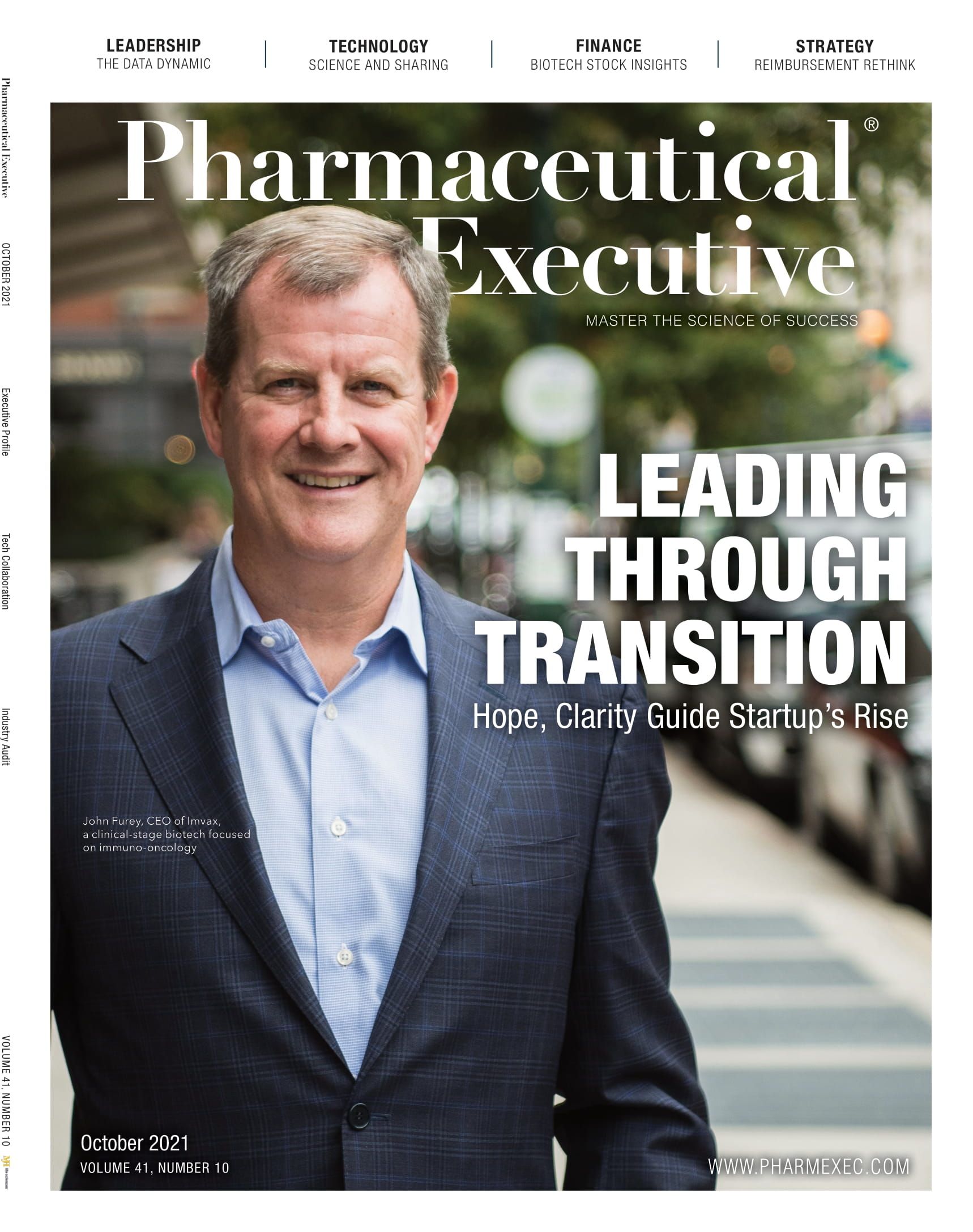Defining the Chief Data Officer
While there is broad agreement that the Chief Data Officer plays a critical part in pharma, a definitive description of the role is still evolving.
In its 2021 industry Global Data Management Benchmark study, EDM Council—a global nonprofit established “to elevate the practice of data management as a business and operational priority”—highlights the establishment in pharma of the Chief Data Officer (CDO) position. The study suggests that this development “indicates that the majority of organizations in the sector are already deriving value from data, trusting it to power their businesses.” But the report also notes that most CDOs have been established only recently and, for a number of companies, this function will take time to “stabilize.”1
Indeed, the “newness” of the CDO role, in the life sciences industry at least, means that many companies are still in the process of defining it. Where the financial sector installed CDOs 10–12 years ago in response to the global financial crisis and the need for stricter controls around the sector’s data, EDM Council says that 52% of CDOs in its 2021 pharma survey had been appointed only in the last year or so. But already the CDO is moving up the organizational chart and becoming a pivotal position, Mike Meriton, co-founder and chief operating officer of EDM Council, tells Pharm Exec. “What we’re seeing is an evolution,” he says. “The first CDOs reported to the Chief Information Officer (CIO). But as the position evolves, CDOs are serving the supply chain; they’re connecting with the business side; they’re interacting with the risk, compliance, and audit functions to make sure data is used ethically and appropriately. They also work with operations and the other parts of the business, such as manufacturing.” Ultimately, all of the parts of the business are going to be data driven; for this reason, the CDO in pharma is likely to report to the Chief Operating Officer (COO), who oversees both IT and operations, says Meriton. “In some other industries,” he adds, “we’re finding that the CDO reports to the CEO.”
Understanding the role

Defining the role and scope of the CDO is a work-in-progress. The title itself is open to variation, spanning such iterations as Chief Data and Analytics Officer (CDAO), Chief Data and AI Officer, Chief Information Security and Data Officer, and Chief Data Strategist and Solutions Officer. Otsuka’s CDAO, Tifani McCann, generally defines a CDAO role as “harnessing the company’s data, whether it’s generated or acquired, and converting that data into actionable insights, leading to valuable business impact.” She tells Pharm Exec, however, that the specific CDAO role definition depends on the business strategy, needs, and vision of the respective company. McCann appreciates how broadly Otsuka defines the role. She leads a centralized data and analytics organization covering R&D, commercial, and enterprise functions. “It’s not just about efficiencies or creating a functional home—which is important to attract, engage, develop, and retain talent—but having that ability to provide objectivity and create more elegant and impactful solutions,” she says. “When you have a line of sight across R&D, Commercial, and Enterprise, you’re able to share knowledge and tools. We have had a couple of great-use cases where we’ve been able to answer different business questions across these domains with the same tools, with the same data.”

McCann’s title reflects EDM Council’s observation that CDOs “will mature as they move up the organization chart and into a broader, more business-oriented context, with the function over time including data and analytics.” The “traditional pathway” sees a CDO dealing with just the core data supply chain—asking, for example, “Where is the data originating from? Is it trusted? Is it fit for purpose?”—while another executive “worries about the analytics around that data,” says EDM’s Meriton. “But there’s a high dependency between the quality and provisioning of data and the quality of the analytics that are derived from the data, so having the data and analytics functions separated is not a good formula for assuring reliable business outcomes.”
For Shahram Ebadollahi, questions such as how to manage data in a unified way, how to make it fluid and easily accessible across the value chain, and how to consistently derive value from data as a strategic asset serve as the impetus for his role at Novartis. But as his title—Chief Data and AI Officer—suggests, “Those questions aren’t enough. Companies then say ‘Okay, now I have my data sorted out, what do I do with it? What kind of insights can be extracted from it?’ This is where AI, in the broad sense, comes into play.”
Ebadollahi sees several key angles to his role. “One is building and enabling the underpinnings of becoming a data science or data-driven company. That includes the technology and talent underpinnings and building the central capabilities,” he says. For instance, the company set up the Novartis AI Center about two years ago; it now has “AI and machine learning (ML) experts working, with domain experts and other types of scientists, on different programs, challenges and use cases from drug development, operations, and enabling functions to commercial. These are lasting capabilities that will remain to power core parts of the business.”
Another aspect of Ebadollahi’s role is making Novartis “more agile with respect to decision-making, thanks to the vast and diverse amounts of data that has been cleaned and curated and continues to evolve.” That involves “embedding AI and data science in the workflow across all operations, across the value chain, to enable every associate, our experts who are on the front line, no matter what they’re doing, to be able to make data-driven decisions, without necessarily being a data scientist.” He adds, “When we say, ‘make Novartis a data science-based company,’ it has to become the new way of working within the company.”

Data, digital, or information?
You could be forgiven, given their range of responsibilities, for confusing the newly minted Chief Data Officer role with the tasks of the not-much-older Chief Digital Officer—not least because they are both “CDOs.” “In fairness, both these roles are under development,” says Meriton. “And we can add another C-suite role into this mix: the Chief Information Officer. Indeed, the CIO might argue, ‘I have responsibility for data and digital. Why are these two new C-suite officers showing up?’”
The CIO role has been operating now for four or five decades; it’s the oldest of the three roles by a very large margin. “Virtually every company in the world has a CIO,” says Meriton. “They predominantly look at the technical landscape in which a company executes its strategy, both internally and externally. Their job is to make sure all the pieces are sustainable, joined together, and that core functions like security access are in place technically.” To use an analogy, Meriton continues, “the CIO is concerned with the pipes; that is, making sure they the pipes are trusted and sustainable. The Chief Data Officer, however, worries about the water—i.e., the data—flowing through those pipes—the lifeblood, if you will.” (Interestingly, Otsuka’s McCann offers the same analogy, but with oil instead of water. “That shows how much I value data,” she says.) The Chief Data Officer is concerned with the content, the underlying data, and how companies execute, generate, and collect data around their internal processes. Everything from drug discovery to manufacturing and distribution has a “super-high data dependency,” says Meriton. As for Chief Digital Officers, he continues, “they look at the digital experience of various key stakeholders as they interact with the company. What is that experience, and how can it be sped up, improved, and automated so that a company can better predict the requirements of the customer and end consumer and better meet their needs?”

As Novartis’ Chief Data and AI Officer, Ebadollahi reports to the Head of Customer and Technology Solutions. He says, “My peer is the Chief Technology Transformation Officer (CTTO), or, you could say, the CIO of the company. I have another peer who looks at digital innovation, asking, ‘What are the novel approaches to use digitization of the various types of businesses?’ Where I come in is the methodologies, the technologies, and solutions that need to be developed. Bringing the thinking, capabilities, and talent that needs to be in place to develop and deploy them across the company to achieve maximal impact.” All these tasks go hand in hand “but with a very focused angle from each of us.” Ebadollahi adds, “These are team sports, so to speak.”
McCann says: “A strong partnership is required across all these roles.” But she observes that the interplay of these partnerships has evolved over time. “In the 20th century, data was heavily managed by the IT function. In the 21st century, organizations started to realize that data is one of their most valuable assets and created roles dedicated to harnessing and leveraging the data. That’s when the CDO and CDAO roles started to evolve.” Inevitably, some organizations were left with some “gray areas” in between. Says McCann, “At Otsuka, the CIO and I have a very strong partnership. We work together to clarify as much of that gray area as possible.”
Evolving the role
“There is much agreement that the CDO/CDAO is a critical role,” says Otsuka’s McCann, “but not necessarily agreement on the role’s definition.” As such, CDOs can encounter some frustrations, stemming from their organization’s sometimes unclear understanding of their activities. There can be, for example, a “limited understanding of all the complexity and the value of the work CDOs do to clarify that complexity,” says McCann. The CDO’s responsibilities are often thought of in two ways, both of which are critically important. “There are what people refer to as the defensive activities, which focus on data management, stewardship, privacy security, and creating reliable data,” explains McCann. “And then there’s the offensive side, where you’re providing insights, using more advanced analytics, and generating potential for revenue impact.” She says that senior leaders tend to focus on the latter, “without maybe appreciating all of that data wrangling that’s going on behind the scenes.”
Novartis indicated its shift to a data science company several years ago, and “there is now a huge amount of awareness about data, a lot of receptivity from the business,” says Ebadollahi. The cultural shift at Novartis has moved on from one that had the support of “early adopters” to one where “the aperture is more open and curious, and more and more people are looking to those early adopters to see what can be achieved.” Still, Ebadollahi believes the company is just in the middle of its journey. “I would say it still requires maybe two or three years to get to a point where we can say that Novartis is completely data-driven, with data science embedded throughout.”

For new and next-generation CDOs, the balance between technical expertise and the commitment to cultural integration will be vital. In comparing “Chief Data Officer 1.0 with Chief Data Officer 2.0,” Meriton says, “CDO 1.0 was more internally focused and a little more regulatory oriented. CDO 2.0, however, is looking at the full picture of business enablement and how to get the company to be data-driven. They have to be excellent communicators with a broader point of view.” Looking forward to the era of Chief Data Officer 3.0, Meriton says “what we will eventually see is the concept of data literacy being part of a company’s culture, not limited to the few hundred or few thousand data practitioners in the company.”
For the CDO, Ebadollahi concludes, “technology is just part of the story” in changing how a company operates. “It is how you transform the way of working based on these technologies and how you embed them into the day-to-day workflow.” Ultimately, he adds, “it is about ceasing to work the old way and embracing a data-driven mindset.”
Reference
- EDM Council, Pharma/Life Sciences Global Data Management Benchmarking Report 2021.
Julian Upton is Pharm Exec’s European and Online Editor. He can be reached at jupton@mjhlifesciences.com.

Is Artificial Intelligence a ‘Product’? Products Liability Implications for AI-Based Products
April 10th 2025As the physical products we use evolve to become increasingly complex, traditional products liability frameworks may not always fit to provide remedies for harm that can result from using novel product types.